
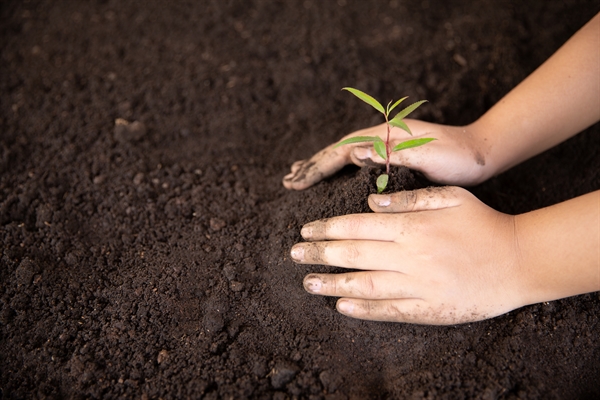
In Reston, VA, Shyla Waters and Skye Mcconnell Learned About Lawn Trimmings
Turf specialists frequently recommend “topdressing” lawns with a thin layer of compost. The material is spread out one-quarter to half inch thick in spring or fall, depending on local climate and soil. * Garden compost improves the moisture-holding capacity of the soil, includes nutrients, and feeds soil microorganisms. These microorganisms are key to the complicated procedure that makes food offered to grass plants.
Garden compost spread on top of thatch can likewise speed thatch decay and eliminate the labor of mechanical removal. However there is an issue: Garden compost quality varies. Whether you buy it by the bag, select it up at the community leaf dump or have it provided by the lawn, how can you understand that it is “great” garden compost? Consider these concerns: Is it at the completed stage?Does it contain undesirable components such as dyes or building materials?Are there practical weed seeds in the material?Could it have pesticide residues? The moms and dad products and the composting process both affect the quality of the end product.
” That is to use garden compost that has actually gone through compost-specific screening.” Recognizing the issue this creates for customers and the land care market alike, the USCC began the Seal of Testing Assurance (STA) in 2000. STA is a screening, labeling, and disclosure program developed to bring presence into the world of garden compost sales.
STA looks at 14 compost attributes including natural matter, salts, p H, significant nutrients, pathogens, metals, stability, and maturity. Rattie states among the biggest concerns is the existence of pesticide residuals. Well-made garden compost, however, carries little of this danger. “A proper composting system damages the overwhelming bulk of pesticides and herbicides,” states Rattie.
” The bulk of STA participants offer in bulk through regional landscape supply lawns, garden centers, and through direct sales,” says Rattie. USCC provides a number of resources to find STA garden compost and a calculator to assist identify the quantity: Discover a list of 200+ STA participants Check out Purchase Compost.com and use the USCC’s compost calculator on the upper right of the homepage.
” Bagged garden compost products only one cubic foot of product,” he says. “It takes 27 bags to get one cubic yard. Do the mathematics!” When we utilized the garden compost calculator provided by the USCC at Buy Compost.com, we found that a one-quarter inch layer on a quarter-acre lawn (10,000 square feet) needs 7.7 cubic yards or 5.9 cubic meters of compost.
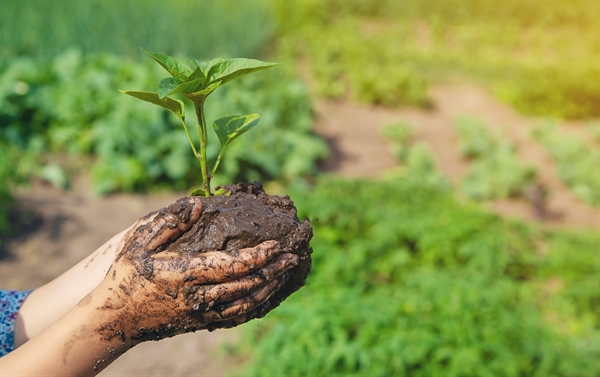
” Golf course and ball park superintendents having actually been utilizing this method successfully for many years,” he says. Garden compost is spread out in spring or fall, however there are essential subtleties. In cool-season locations, the spring application is normally lighter and the fall application much heavier. In the south, topdress warm-season yards in early spring.
Put simply, compost is broken down raw material however that does not explain much. To a romantic, garden compost is the very essence of life. The living element of the soil accountable for a myriad of the most sublime and complex processes known to man. Organisms nourishing organisms all the method up the food cycle from basic germs to crops to humans, none of it possible without broken down raw material: compost.
In Fairburn, GA, Madeleine Velasquez and Kyle Alvarado Learned About Can Grass Clippings Be Used As Mulch
It is the stuff of life, brimming with bacteria that become part of the nutrition cycle of plants. Compost can be made small scale; in a yard or underneath a sink, or large scale; in giant windrows turned by front-end loaders or other specialized equipment. In either case, it is everything about disintegrating organic matter up until all that is left is an abundant, dark, moldy, nearly fragrant substance with the consistency of potting soil.
Hay, straw, fish gurry, animal manure, branches, tree bark, and seashells are frequently utilized to make up the composition of garden compost. The garden compost is normally mixed 2 parts dry material (bark, leaves) to one part damp or green product (lawn clippings, fish gurry) and left in either containers, stacks or windrows to break down.
Decomposing garden compost must remain uniformly damp but not damp. Depending upon the type of composting system, it can take anywhere from a few months to a year or more to complete the process, sometimes described as “cooking.” Actively decomposing garden compost is said to be cooking because temperature levels can reach anywhere from 120 to 160 F.
Caution Garden compost is not considered appropriately cooked unless it has actually reached these high temperatures long enough to decontaminate weed seeds and eliminate harmful bacteria discovered in some manures. Ultimately, more intricate organisms like amoeba and nematodes take in the simpler germs and fungi, the pile begins cooling while the nutrients in the compost end up being a growing number of concentrated from their waste products and further decomposition.
Compost that is not completely finished can have an ammonia odor to it and may not provide the wanted effects or it can even harm the plants as it continues to prepare. It’s the bacteria in garden compost that offer it its magic. Countless microbes go to work in the soil, cycling nutrients and making them offered to be taken up by the plant.
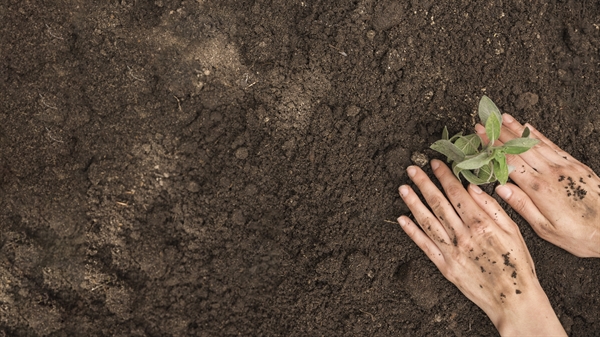
Compost is also loaded with micronutrients and other complicated biology that is very useful for plant growth. Garden compost adds life to the food web, eventually resulting in healthier yard. Good quality garden compost contains a high portion of completed organic matter with the rest being made up by smaller sized unfinished organic matter like wood chips, sawdust, seas shells and mulched leaf matter.
Compost can be spread out by hand with shovels by utilizing a throwing action to attempt and attain a layer about 1/4″ thick. It can be smoothed out with a rake to blend it in a little better and after several days it will not even be visible on the surface of the lawn.
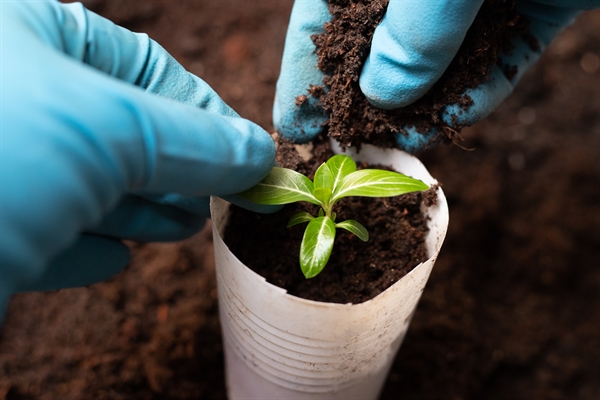
Applying the garden compost immediately after seeding and aerating is an excellent way to incorporate the compost straight into the soil and offer a jump start for seedlings. Simply doing this one or two times a year will benefit the yard more than numerous quick-fix products that are practical but not always the finest option.
In 44805, Evie Huynh and Melany Foley Learned About Picking Up Grass Clippings
Ideally, a lawn would be topdressed with garden compost a number of times a year but a composting program will ultimately be dictated by money and time. The target for a composting program must for a yard’s soil to contain 5% natural matter. It appears like a percentage however it can take years to develop in certain soils.
Once natural matter starts to develop in the soil, topdressing can be cut back to one or two times a year. Likewise, the need to fertilize and water the lawn will start to decrease as the soil begins to offer optimal growing conditions for grass. Weed, bug and disease pressure will reduce as well, resulting in cost savings over the long term as the work of the healthy soil changes the life support group of synthetic fertilizers and chemical pesticides.
House & Garden Green Living How to Top-Dress Lawns with Compost By Cathy Cromell, The National Gardening Association If you’ve gone through the effort of making abundant compost of your own, you can use it to top-dress your yard for thicker, healthier yard. You can utilize compost to top-dress both brand-new and existing lawns.
Top-dressing is particularly handy in arid climates or throughout dry or breezy spells, where the soil and seeds easily dry out within hours. (If a sprouted seed dries, it’s a goner.) On an existing yard: Top-dressing with garden compost may likewise renew existing lawns. Lawns typically become compressed with time from foot traffic, play, and mowing, which prevents air, water, and nutrients from distributing freely through the grass’s root zone.
To core aerate a small spot of grass, utilize a customized foot press that you can find at your regional home and garden shop. For big yards, lease a machine from a devices supply company or hire a yard maintenance firm. When top-dressing with compost, you need to just use evaluated garden compost or compost with particle sizes of 3/8-inch or less.
Likewise, take care to top-dress with garden compost that’s guaranteed complimentary of weed seeds, or you might be sowing a future weeding nightmare into your yard! No matter where you live, the finest time to aerate and top-dress your yard is when it is most actively growing. This permits the grass to intensely rebound after having actually holes typed it.
Prevent aerating these lawns during summer’s intense heat, which may stress roots. Although some growth happens in early fall, these kinds of lawns go semi- or fully inactive as weather condition cools, making healing after a late aeration more difficult. Likewise, early aeration promotes much better penetration of summertime and fall rains through the soil when it’s most helpful for development.

If you reside in a warm climate that allows year-round lawns, you have different options. The very best time to aerate and top-dress is early to mid-summer when your warm-season lawn (such as Bermuda lawn) is actively growing. You ought to likewise use compost top-dressing (without aeration) after overseeding your summer yard with a cool-season lawn (such as ryegrass) in the fall.
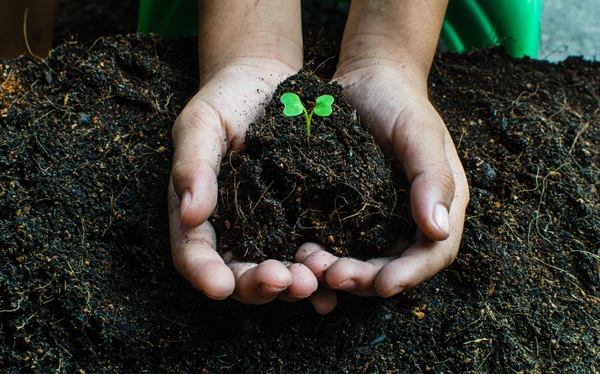
In North Tonawanda, NY, Paige Huerta and Leilani Key Learned About Trimmed Grass
The arrival of summer advises us that it’s not too late to nurture your lawn the healthy way with natural garden compost from Planet Natural. As lawn-spraying services expand their grip on suburbia it’s important to keep in mind that using organic practices to motivate lawn in your backyard protects your pets and family from hazardous chemical fertilizers and herbicides.
It will significantly increase advantageous microbial activity in your soil, benefiting your lawn a lot more. And it’s a great way to deal with the spots in your lawn that are thin, brown and unhealthy. From Organic Lawns, Healthy Soil: “Developed lawns benefit significantly from a single yearly application of compost, much more greatly from two.
Depending upon your lawn’s size, a wheel barrow and a shovel may be the very best way to disperse garden compost around your yard, followed by an excellent raking (a push broom will likewise work) to disperse it more evenly. Though hard to discover and problematic to use effectively, a garden compost wheel or peat spreader can disperse garden compost across little yards though they can be tough to press and need to be filled up often.
Compost should be spread out no greater than a half-inch deep. The idea is not to bury turf blades, smothering them and keeping them from sunshine. If that indicates less than a half-inch of garden compost, then decrease your application. You desire lawn blades exposed to oxygen and sunshine. Applying compost to issue areas will also assist cure them.” Adding garden compost will help your lawn’s soil keep moisture throughout the long hot months of summer, keeping your yard greener longer.
Do Compost: Grass clippings, leaves, stalks, dead plants, twigs as much as pencil size, and most weeds. Do Not Compost: Weed seeds and intrusive weeds like ivy (they resprout!), diseased plants, pet waste, clippings treated with weed or bug killers, or food waste. Instead, attempt the rodent-resistant approaches described in Food Waste Composting.
It takes 6 to 12 months for soil creatures to alter the majority of lawn waste into finished garden compost. For faster composting, keep your pile as damp as a wrung-out sponge. Chop up stalks and twigs. Mix “green” products like lawn clippings with “browns” like fall leaves and stalks. Sign Cause Service Bad smells Stack too wet, no air, or consists of food or family pet waste Turn stack.
Eliminate food. Pile is dry Not adequate water Turn stack. Include water to keep as moist as a sponge. Moist enough, however sluggish composting Not enough “greens” Turn pile. Add “greens” like turf, plants, or manure Slimy yard, ammonia smell Too much fresh grass in stack Leave clippings on lawn, rather of composting.
Stack shrunken, but looks un-decomposed Top too dry, completed garden compost is at bottom Harvest completed compost from bottom. Start new pile with un-composted product. Contact the specialists at the Garden Hotline at (206) 633-0224 (language analysis offered) or at Garden Hotline. Composting in the house Guide (pdf) – Demand a complimentary copy.
In 28803, Carlee Carney and Laura Morales Learned About Trimmed Grass
Garden Compost Resource List (pdf) – Lists bin providers, tools, and more. Composting Questions & Responses (pdf) – Responses to some typical concerns. Tilth Alliance – Uses classes in composting and natural gardening, and home-made garden compost bin plans.